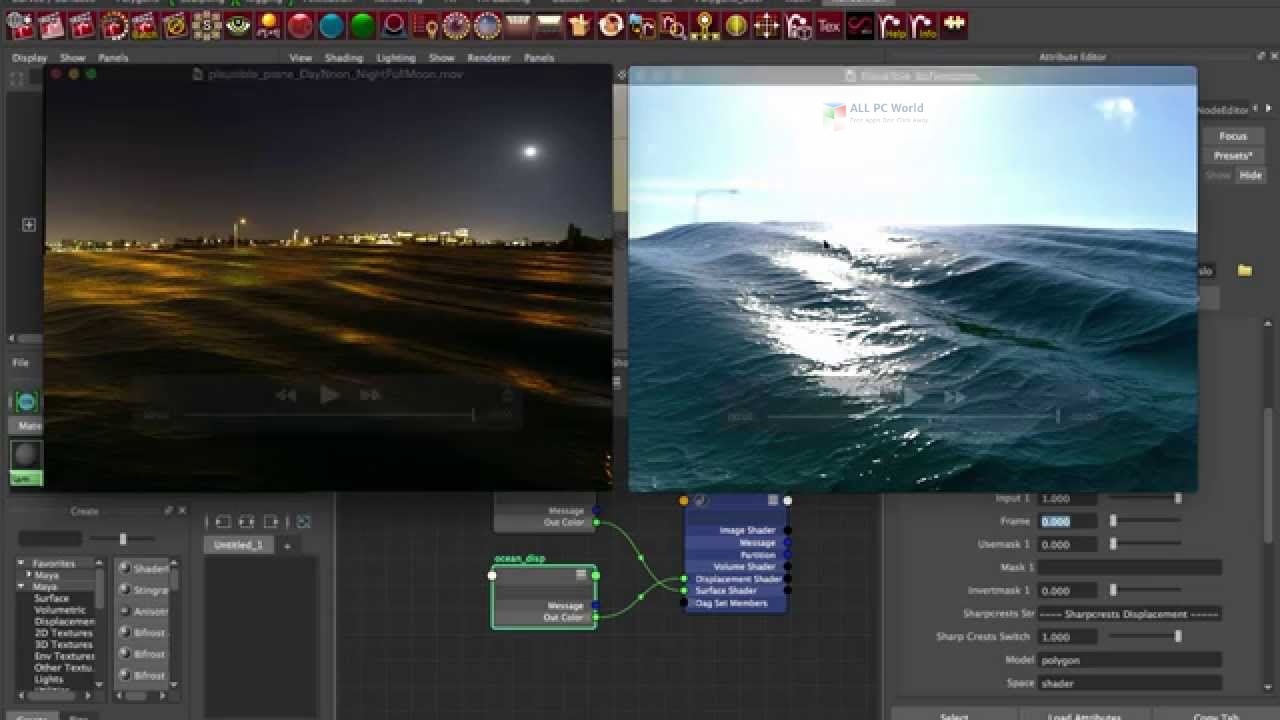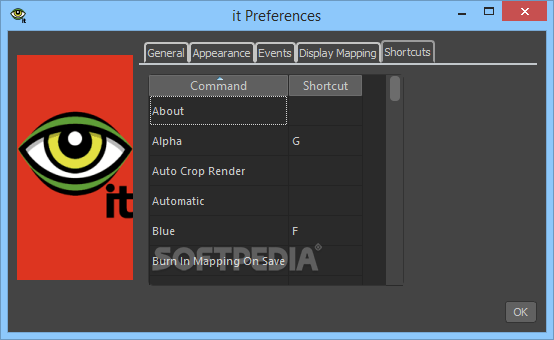

In this image you can tell the balloons take some time to converge compared to other objects because of their diffuse transmission/translucency. Different effects will take longer in some scenes than others and your overall image contrast can be different based on subject matter, time of day, or even artistic mood. Naturally a hard and fast suggestion is preferred but scenes are all unique visually and might even change drastically during a shot.

If you let the image fully converge then you may be letting it render longer than necessary and losing time. Choosing to use Denoise too early will result in artifacts and in an animation these can move around and be quite distracting. Below is a simple illustration of this using the graph.Ĭhances are you're most interested in when to use Denoise. This is where the Denoise feature does its work for the artist! By removing this sort-of long "tail" in the convergence curve, you can eliminate having to take more samples and finish your render earlier. This is because convergence over time tends to resemble a curve where eventually it starts to flatten out. Notice that as sample counts get higher and higher, the difference in quality becomes more and more subtle. You can get an idea about this looking at the progression below, each slice is a lower Pixel Variance value left to right. When using RenderMan, you can increase the samples taken automatically by the renderer by decreasing the Pixel Variance parameter in small increments. The more powerful your computer (the more processor cores and more modern it is) the faster this will go. More samples will help the image improve, but this takes time. For a first iteration you may see something like the image below:

Users are familiar with this effect when a render just starts up and then converges before their eyes. When rendering scenes using raytracing, the result of poor quality settings or insufficient time to converge shows noise. Your pixel filter should be set to "importance".


 0 kommentar(er)
0 kommentar(er)
